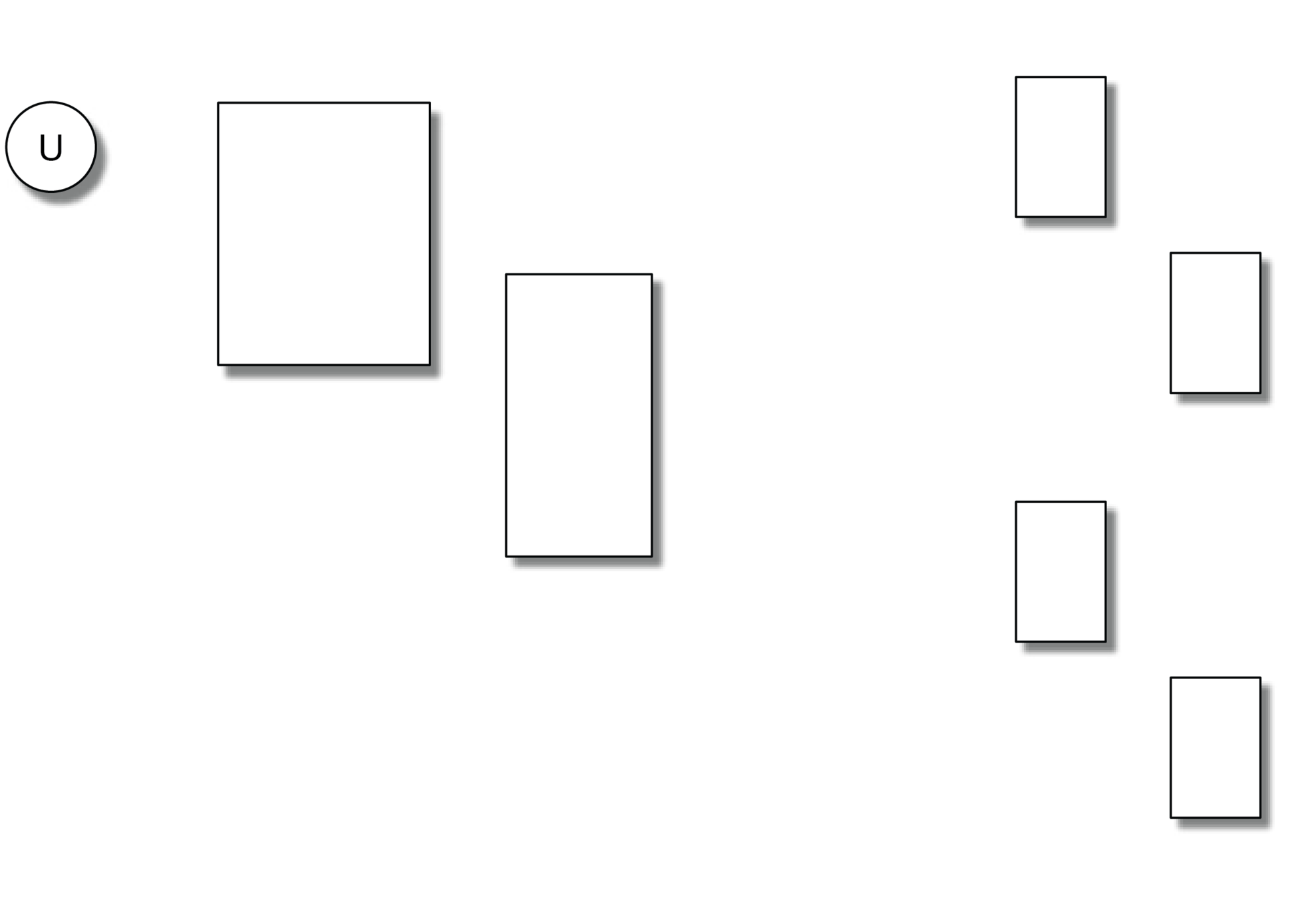



TOPIC:
EM CONTROLS
Code Requirements (NFPA 101)
7.9.2.3

I. CODE
The Emergency Lighting System Shall Be Arranged To Provide the Requited Illumination Automatically In the Event Of Any Interruption Of Normal Lighting Due To Any Of the Following:
- Failure Of a Public Utility Or Other Outside Electrical Power Supply
- Opening Of a Circuit Breaker Or Fuse
- Manual Act(s), Including Accidental Opening Of a Switch Controlling
ISOLITE
CHALK TALK
EM CONTROLS
Normal Lighting Facilities
Code Interpretation
Considerations

I. CODE
Emergency Systems Must Respond To LOCAL Failures
- This Electrical Circuit Breaker
- More Nuanced Than Just Utility Power
ISOLITE
CHALK TALK
EM CONTROLS
This Also Included Some Requirements About Local Fire Alarm Interfaces
This Has Ramifications On Architecture For Emergency Lighting Control Devices
The Architecture That Works...

II. CONTROL TOPOLOGIES
ISOLITE
CHALK TALK
EM CONTROLS

Breaker Panel
Inverter
Lighting Control
ELCD
ELCD
Lighting Control





Non-Critical
Critical
Non-Critical
Critical


Why It Works

Capable Of Dealing With Localized Events:
- Local Circuit Breaker
- Local Fire Alarm
- Local Emergency
ISOLITE
CHALK TALK
EM CONTROLS
Now Let's Explore Some Problematic Architectures...
II. CONTROL TOPOLOGIES
DALI/EcoSystem
Typically Implemented

ISOLITE
CHALK TALK
EM CONTROLS
Loss Of Digital Bus Forces Light To Emergency Levels
II. CONTROL TOPOLOGIES




Non-Critical
Critical
Non-Critical
Critical

Notes:



Breaker Panel
Inverter
DALI/EcoSystem Controller
ELCD
Centralized Relay/0-10V Control With Phase Loss

ISOLITE
CHALK TALK
EM CONTROLS
II. CONTROL TOPOLOGIES

Breaker Panel
Inverter
Phase Loss Sensor
Lighting Control Panel (Feed Through)


Non-Critical
Critical




Non-Critical
Critical


Override Signal
DALI/EcoSystem/Centralized Systems
The Problem

The Fixtures Will ONLY Ever Go Into Emergency Mode When There Is a Utility Failure
ISOLITE
CHALK TALK
EM CONTROLS
The Fixtures Will Be Ignorant Of a Localized Emergency, Local Circuit Breaker Trips
The Solution Is To Have One UL 924 ELCD On Each Branch Circuit Breaker, Not Just the One Feeding the Controller
II. CONTROL TOPOLOGIES
Power Packs With UL 924 Functionality

Particularly Ones That Do Not Have a Dedicated Utility Sense Line
ISOLITE
CHALK TALK
EM CONTROLS
Most Manufacturers Have Some Version Which Looks For a Power Outage Then Ignores Commands For 90 Minutes
These Devices Require a Loss In Power, Which Can Be Problematic For Very Fast Inverter Transfers
- Or Until They Hear a Known-To-Be-On-Utility Device
II. CONTROL TOPOLOGIES
What the Power Pack "Sees"

ISOLITE
CHALK TALK
EM CONTROLS
Notes:
This Transfer To Emergency Power Is So Fast, the Device Can Not Really Notice That It's Happened
II. CONTROL TOPOLOGIES
The Solution Is To Use "Delayed Transfer" Options On Inverters


<2ms
What the Power Pack "Sees" Now

ISOLITE
CHALK TALK
EM CONTROLS
Notes:
This Period Of Downtime Is Enough For the Lighting Controls To See the Power Loss Changeover
II. CONTROL TOPOLOGIES


>50ms
Notes On Phase Control & ELCDs

ISOLITE
CHALK TALK
EM CONTROLS
II. CONTROL TOPOLOGIES











UL 1008
Lighting Control
FIRE ALARM INTERFACE
UTILITY POWER
EM POWER
SENSE
Non-Critical Loads
Critical Loads
Notes On Phase Control & ELCDs

ISOLITE
CHALK TALK
EM CONTROLS
II. CONTROL TOPOLOGIES
UL 1008 ELCDs Are Expensive
Depending On the Breakdown You Might Be Able To Get Away With Having Everything On the Emergency System
- If It's Less Than ~75W Of Non-Critical Load, It's Probably Less Expensive To Back It All Up










Critical Loads
Critical Loads
Lighting Control
UL 924
SENSE
EM POWER
SWITCHED INPUT



